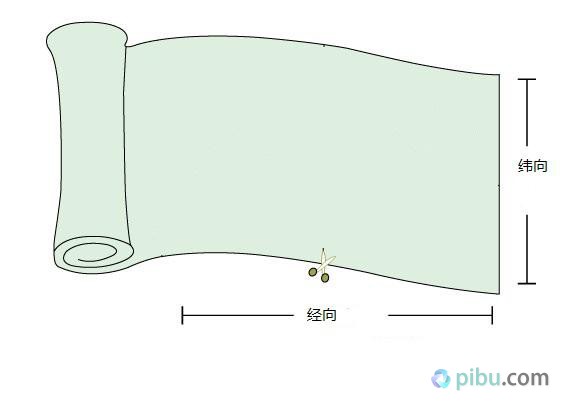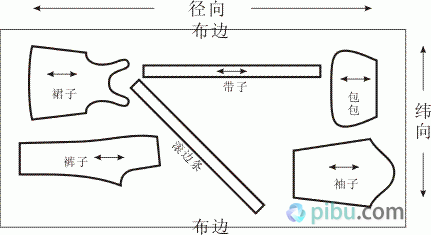When picking up a piece of cloth for cutting, we first have to distinguish which direction is radial and which direction is weft, and then we can determine the orientation of the pattern. If your fabric is clothed, it is simple. The direction parallel to the cloth is radial, and the cloth is perpendicular to the cloth. However, the small cloth that is bought on the network at present does not have cloth edge at all, how should this identify? Latitude and longitude difference of fabric (8) When the twist of the fabric is different, the majority with large twist is the longitudinal direction, and the one with small twist is the weft direction. (12) Leno fabrics, where the direction of the twisted yarns is the warp direction, and the direction of the untwisted yarns is the weft direction. Tongxiang Luchang Textile CO.,LTD , https://www.luchangtextile.com
(1) If the fabric being identified is clothed, then the direction of the yarn parallel to the cloth is the warp direction and the other is the weft direction.
(2) The sizing is the direction of the warp, and the sizing is the direction of the weft.
(3) The main one of the major fabrics is the longitudinal direction, and the lower density is the latitude.
(4) In the fabric with obvious scars, the direction of the scar is the longitudinal direction.
(5) For half-line fabrics, usually the direction of the strands is the warp direction, and the single yarn direction is the weft direction.
(6) If the yarn formation of a single yarn fabric is different, then the Z direction is the longitudinal direction and the S direction is the weft direction.
(7) If the number of warp and weft yarns of the fabric, the twisting direction and the twisting degree all have little difference, then the yarn is uniform and the gloss is better. 
(9) In towel fabrics, the direction of the yarns of the terry loops is the warp direction, and those of the terry loopers are the weft directions.
(10) Sliver fabrics whose sliver direction is usually in the meridional direction.
(11) If the fabric has a system of yarns with multiple different special numbers, this direction is the longitudinal direction.
(13) In the cross-fabric of different raw materials, generally cotton wool or cotton intertwined fabric, cotton is warp yarn; wool intertwined fabric, silk is warp yarn; wool and cotton intertwined fabric, then silk, cotton is warp yarn; natural silk and In twisted silk fabrics, natural yarns are warp yarns; in natural silk yarns and rayon yarns, natural yarns are warp yarns. Due to the wide variety of uses of fabrics and the variety of fabrics, the requirements for fabric materials and organizational structures are also varied. Therefore, when judging fabrics, they must be determined according to the specific conditions of fabrics.
For more content, please follow this site